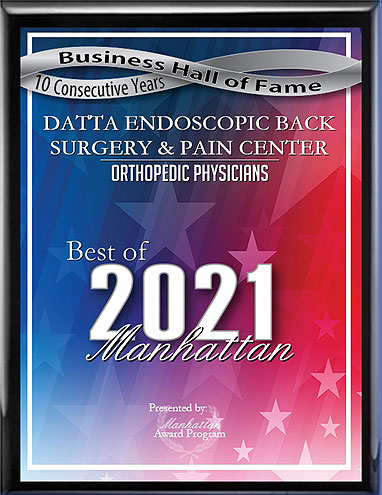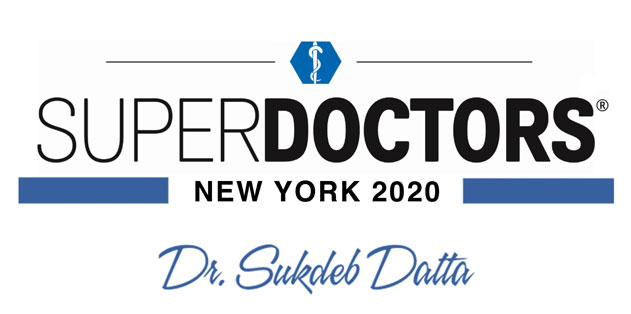Types of Back Surgery
Many back conditions that require surgery originate from misplaced or excess tissue pressing on the spinal cord, causing pain or neurological symptoms in the back or limbs. In addition, sometimes surgery must be performed to stabilize the back, as in spinal fusion. Some of the most common conditions are:
- Spinal stenosis, narrowing of the vertebrae
- Herniated disc, in which part of the disc bulges, potentially pressing on the spinal cord or nerves
- Degenerative disc disease, which causes the intervertebral discs to become less effective at cushioning the vertebrae from each other
- Spondylosis, arthritis of the spine
- Sponylolisthesis displacement of vertebral bone
- Bone spurs, abnormal growths of bone on the vertebrae that press against the spinal cord or nerves
All of these conditions can occur in any section of the spine (lumbar, thoracic, or cervical). However, they are generally more common in the lumbar spine, which carries the most weight. They tend to occur the least often in the thoracic spine, which has the smallest range of motion.
Most routine back conditions can now be treated using laser back surgery and other minimally invasive procedures. Because these methods are so much less invasive, they can be performed in an outpatient setting and require no stay in the hospital. In addition, the overall recovery time is considerably shortened.
Rarely, it is necessary to perform spine surgery to treat rare and serious conditions, such as spinal cord tumors. Such surgeries must be performed using open back surgery in a hospital setting, with a considerable stay afterwards.
Preparing for Surgery
Being prepared for your surgery and the subsequent recovery can help you heal as quickly as possible. Prior to surgery, consider taking the following steps:
- Request to be kept warm in the operating room. This is especially feasible during laser surgery since you will be awake the whole time.
- Try to get adequate sleep and eat a healthy diet before and after your procedure.
- If you are having open back surgery, take a multivitamin with plenty of iron for about a week prior to surgery. This boosts your blood's oxygen levels, making you more able to accommodate blood loss if it occurs.
- Prepare your house by making things easily accessible and removing any rugs, which could cause you to trip.
- Start physical therapy as soon as possible. If you are having laser surgery, you may be able to start the day after your procedure.
- If you have small children, have a friend or family member on hand to help.
While all surgery requires at least some lifestyle adjustment during the recovery period, choosing a minimally invasive procedure can keep your time away from home and work to a minimum. Laser back surgery now allows most patients who have common back conditions to be treated in an outpatient setting, and recover in the comfort of their own home.
To discuss treatments for your back or spine problem, please call the Datta Endoscopic Back Surgery and Pain Center at 212-430-0312.






 EDISCSCULPT
EDISCSCULPT



